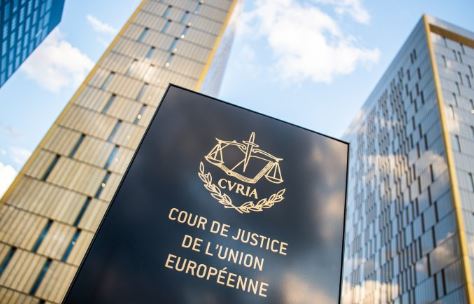On October 03, 2019 the European Court of Justice ruled that national judges can order Facebook to remove content internationally. With the ruling individual countries gained power to extend the reach of its online related ruling across its physical boarders, setting new benchmark. It applies to content that is defamatory or illegal and cannot be appealed (Satariano, 2019).
In a statement Facebook raised concerns about “questions around freedom of expression”, as well as “the role that internet companies should play in monitoring, interpreting and removing speech that might be illegal…” (Satariano, 2019). There have been ongoing debates about regulating content on social media in the past, who should be responsible and, to which laws such regulations should adhere.
The ruling is definitely a set-back for the current self-regulatory approach for social media platforms. While Facebook argues that it is not responsible for the content on its page, created by billions of users, it increasingly started to remove extremist content and content classified as hate speech. Also other social networks like YouTube follow a self-regulating approach, which has been criticized for not being transparent. Only from April to June this year, YouTube had removed over 100,000 videos, 17,000 channels and over 500 million comments violating its hate-speech regulations (Yurieff, 2019).
Platform owners having the power to decide which point of view is broadcasted and which is “deplatformed” has been ironically been subject to the same critique as now raised against the new ruling: Free speech.
The ruling comes just a week after the European Court of Justice limited the power of the European online privacy law in terms of its geographical reach (Kelion,2019). In my opinion, the ruling in the recent Facebook case will not be practical applicable besides exceptional cases. Imposing the political laws on speech from one country to another is not feasible to implement and contradictory.
References
Kelion, L. (2019). Google wins landmark right to be forgotten case. BBC News. Retrieved from https://www.bbc.com/news/technology-49808208
Satariano, A. (2019). Facebook Can Be Forced to Delete Content Worldwide, E.U.’s Top Court Rules. The New York Times. Retrieved from https://www.nytimes.com/2019/10/03/technology/facebook-europe.html
Yurieff, K. (2019). Google CEO on fixing YouTube’s hate and harassment problem. CNN Business .Retrieved October 15, 2019, from CNN website: https://edition.cnn.com/2019/09/03/tech/youtube-hate-speech/index.html


